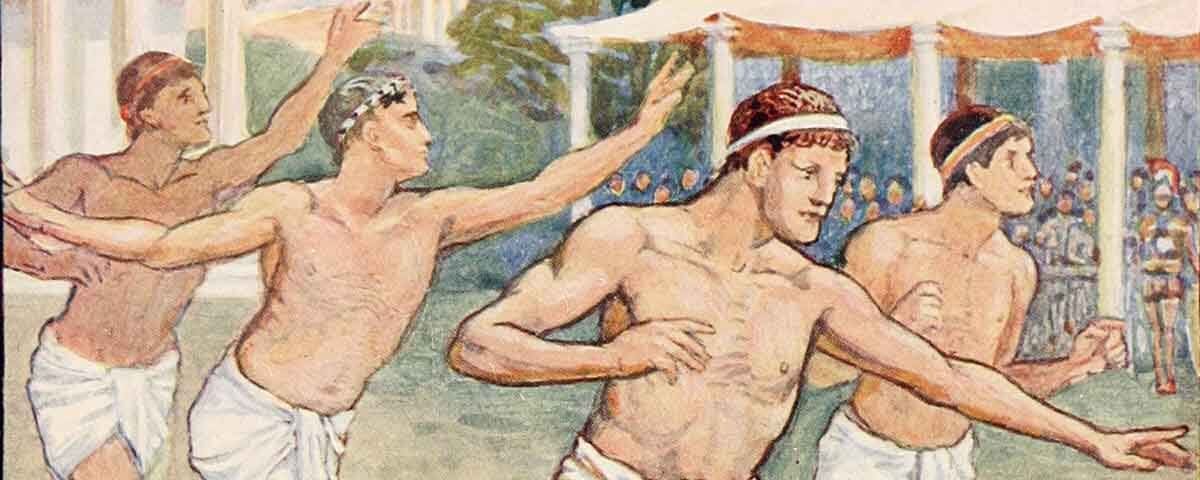
In the summer of 1928, Dutchman Jan Wils stood on the podium to receive an Olympic gold. He was joined by Denmark’s Ejnar Rasmussen and France’s Jaques Lambert, who took silver and bronze. But this wasn’t because they excelled in any sport: they were winners for the quality and originality of their architectural designs.
Jan Wils took gold in the stadium he designed, which was precisely what garnered him the recognition: Amsterdam’s Olympisch Stadion. Between 1912 and 1948, five disciplines were part of the art competitions in the modern Olympic Games: literature, music, painting, sculpture, and architecture.
The organizing committee of the games decided that these events would no longer be part of the competitions. They ended up falling by the wayside; today, few even remember that many architects, musicians, and poets won Olympic gold for their work just a few decades ago.
Records, javelins, and trumpets
At the end of the 19th century, the Frenchman Pierre de Coubertin wanted to bring life back to the Olympic Games of old. Holding a tournament where archery, discus throwing, and long jump competitions would be seen again. He didn’t overlook an important detail: in ancient Greece, the games were not limited to athletic tests. There were also competitions that tested the artistic skills of participants.
Wars and disputes alternated with brief periods of truce in ancient Greece. People from cities all over could then travel safely to Olympia, where they participated in games where their dexterity was measured in different sports, musical tests (such as trumpet and singing competitions), and acting every four years.
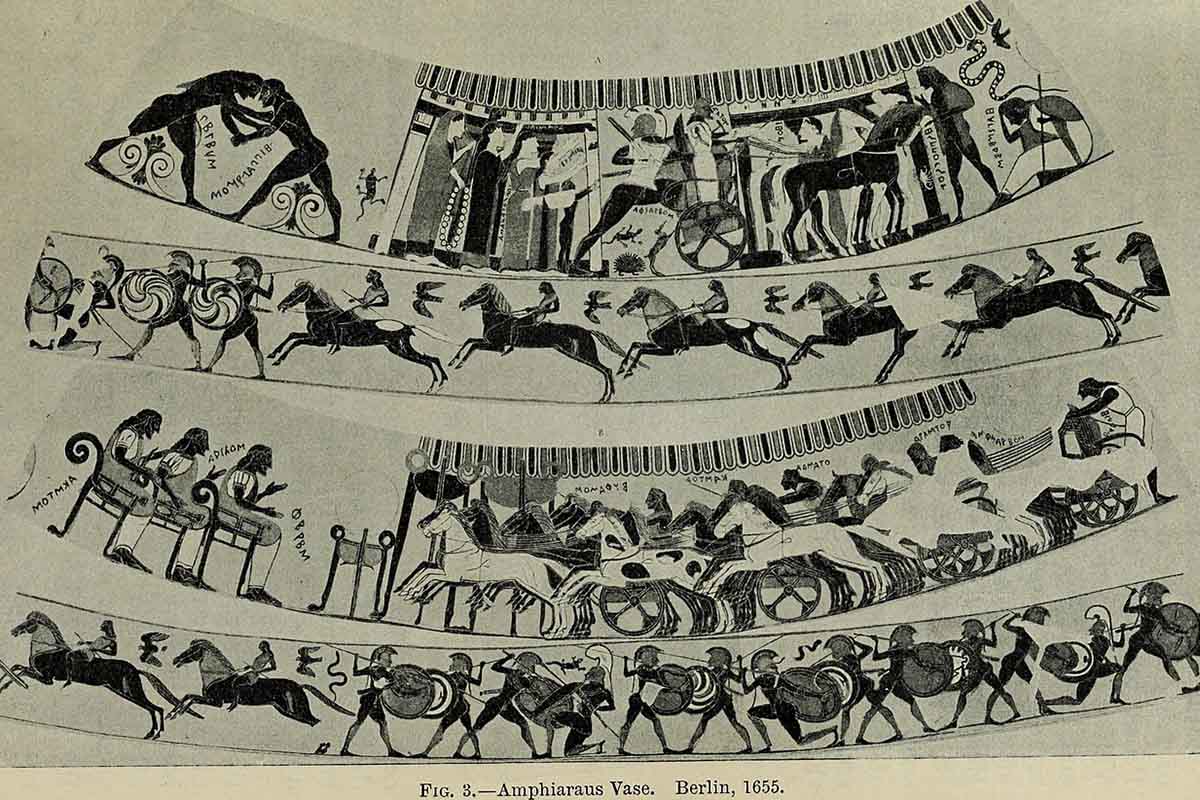
Representation of the games in ancient Greece. Edward Norman (Wikimedia Commons)
Artistic competitions were another part of the ancient Olympic Games for centuries. This followed the Greek ideal that the mind and body should be healthy and in perfect harmony, a principle that Pierre de Coubertin wanted to keep at the modern Olympic Games. After traveling around different countries and promoting this idea, he managed to make the arts another discipline in the games in 1912.
At that time, many centuries had passed since the Roman Emperor Theodosius banned the ancient Olympic Games because he considered them, like so many other celebrations, a pagan tradition. The arts returned to the modern Olympic Games in a world that was totally different from that of ancient Greece but where they could still be given the same consideration.
Architecture at the Olympic Games
In 1912, the first year the arts were part of the modern Olympics, American Walter Winans got his third Olympic medal with a small bronze sculpture of a horse pulling a cart. His previous medals had been for sports disciplines, and this one represented everything that Pierre de Coubertin expected from Olympic winners: excelling in both sports and the arts.
That same year, Swiss architect Eugène-Édouard Monod won the first gold in the history of architecture for the design of a modern stadium. The main condition for participating in the so-called art Olympics was that the pieces presented were related to sports. This meant that paintings and sculptures represented athletes, literature and music told stories about sports, and architecture created stadiums and other buildings for practicing those sports.
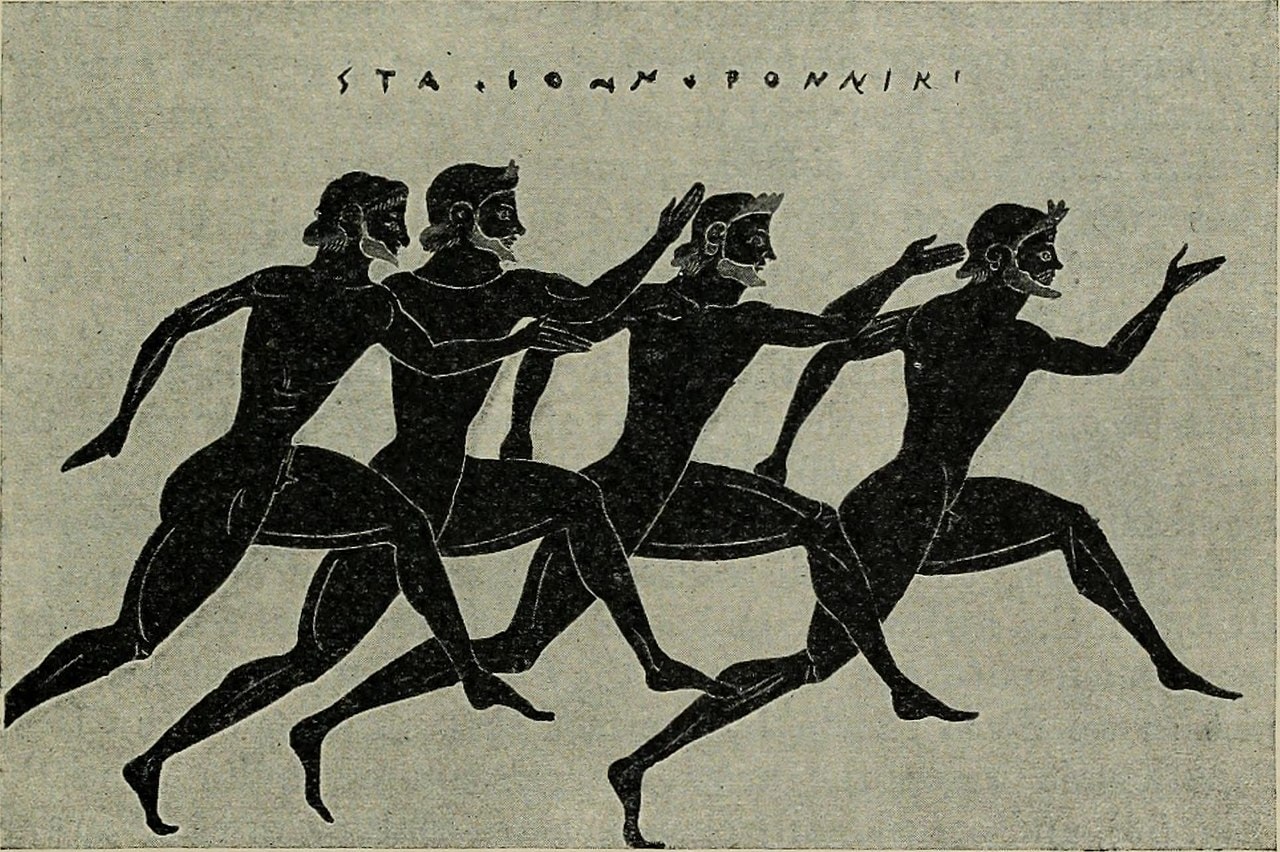
Representation of athletic events in ancient Greece. Fæ (Wikimedia Commons)
At the 1912 Summer Olympics in Stockholm, only 33 entries were submitted, the vast majority of them from Europe. Gold and silver medals were granted in all categories. Later, the number of participants grew, as did the artists’ and the public’s interest in the art categories.
The architectural and city design designs (a subcategory within architecture) were created with dozens of gold, silver, and bronze medals at the games held between the 1910s and 1940s. One of the most memorable awards was Jan Wils’s, the architect who designed the Amsterdam stadium where the 1928 Olympics were held.
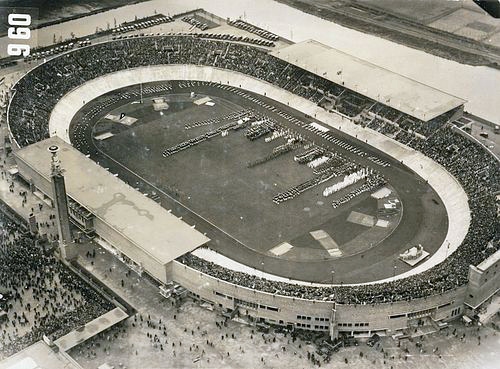
The Amsterdam stadium at the 1928 Olympics. Nationaal Archief (Wikimedia Commons)
Wils was the only architect in history to win an Olympic medal with a design that was made to host the games themselves. In addition, his Olympisch Stadion was the first to have a burner to hold the Olympic flame, the great symbol of the Olympics. In ancient Greece, the flame symbolized the moment when Prometheus stole the fire from the gods to give it to humankind.
Since it was reintroduced in the Amsterdam competitions in 1928 with the torch holder that Wils designed for the stadium that brought him the gold, the Olympic flame has continued to be a key part of the modern Olympic Games.
The end of the art games
The last edition of the games that included these awards was in 1948. As explained in the study ‘Art competitions at the Olympic Games’ by The Olympic Studies Centre, this was due to the decision of the organizing committee, which thought that professional artists should not participate in competitions for amateur athletes.
“At the IOC Session in Rome in 1949, it was decided that art competitions would be replaced by art exhibitions where there would be no winners or medalists, as it was considered illogical to allow professional artists to participate and receive medals when only amateur athletes can take part in sports competitions,” the study explains.
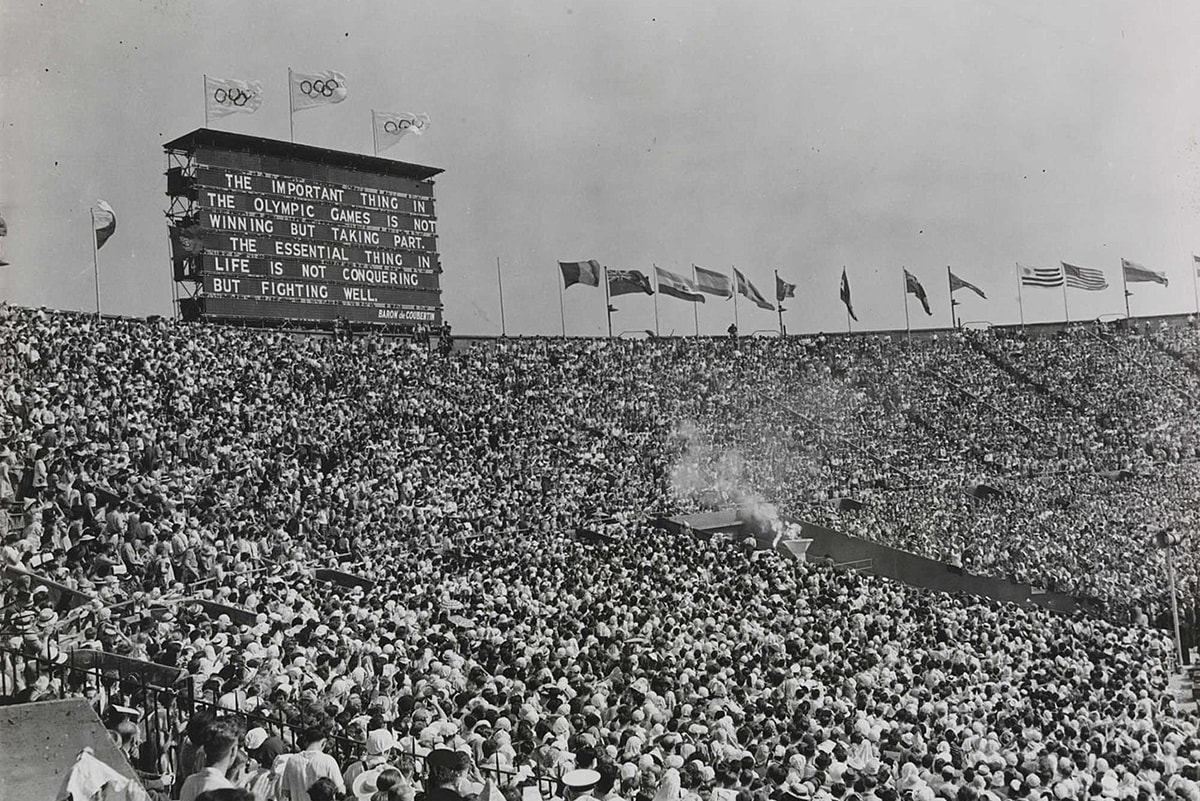
“The important thing about the Olympic Games is not to win but to participate,” reads a poster from the 1948 Olympics. National Media Museum (Wikimedia Commons)
Years later, it was decided that the Olympic Games would continue to encourage artistic expression but in a different way: the committees would organize an exhibition of fine arts every year the Games were held, and no medals or other prizes would be awarded. The 1956 Melbourne Games were the first to feature this exhibition.
Today, the rules of the Olympic Games also state that programs of cultural events must be organized to promote the values that Coubertin once defended and that led to architecture briefly being part of the history of the modern Olympic Games.
Main image: representation of the ancient Olympic Games. Walter Crane (Wikimedia Commons)





There are no comments yet